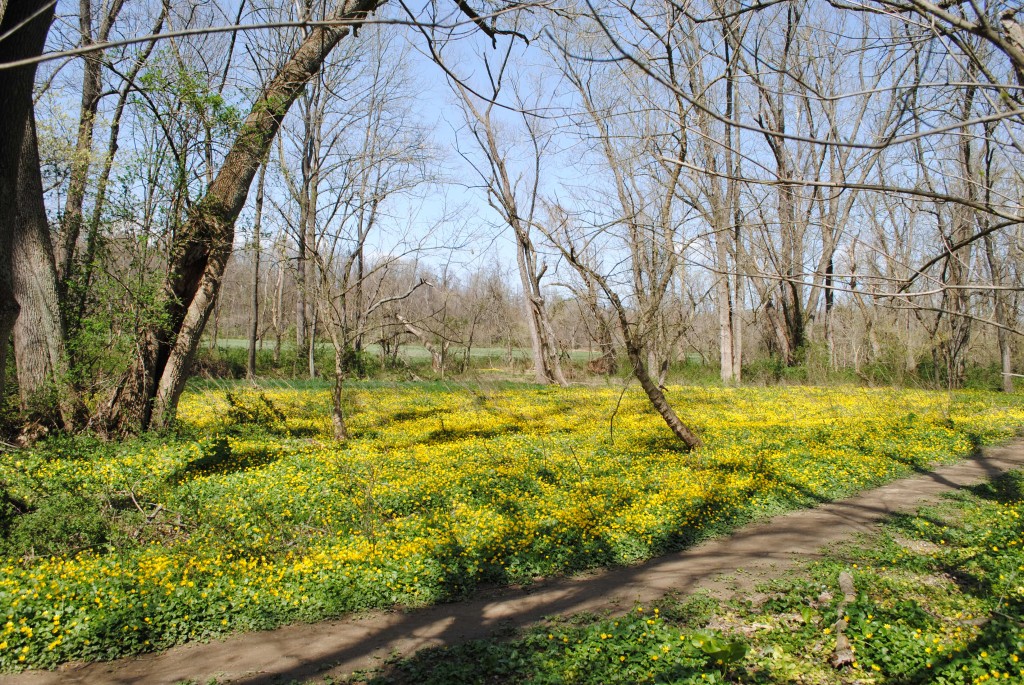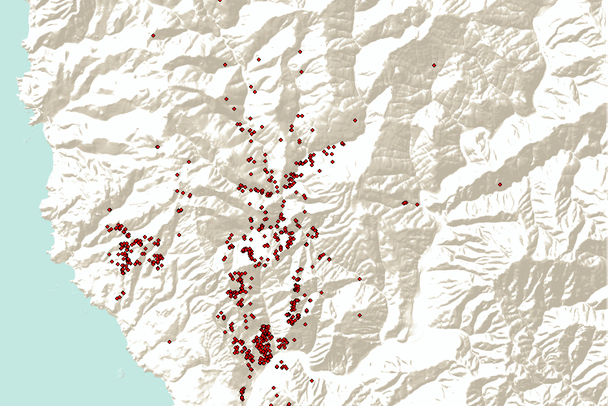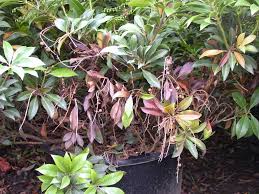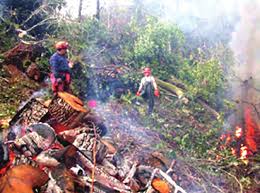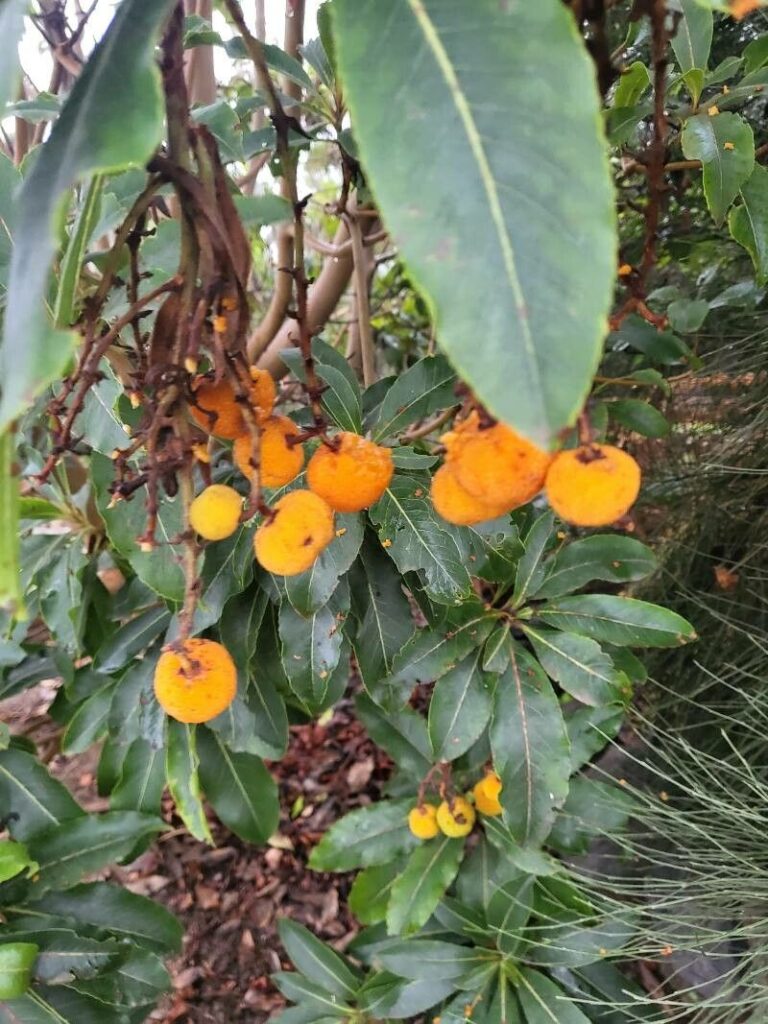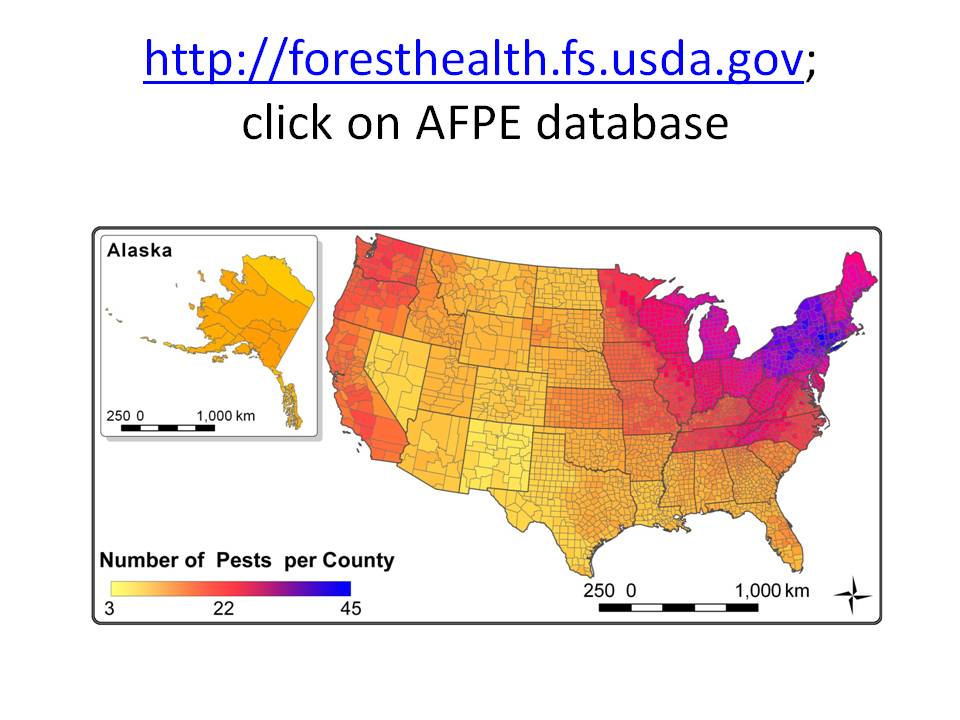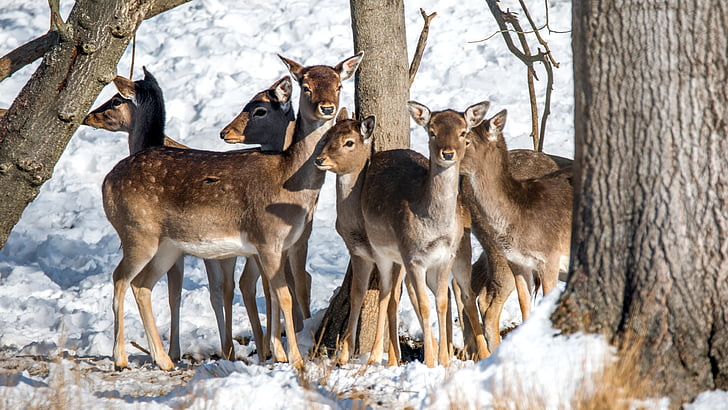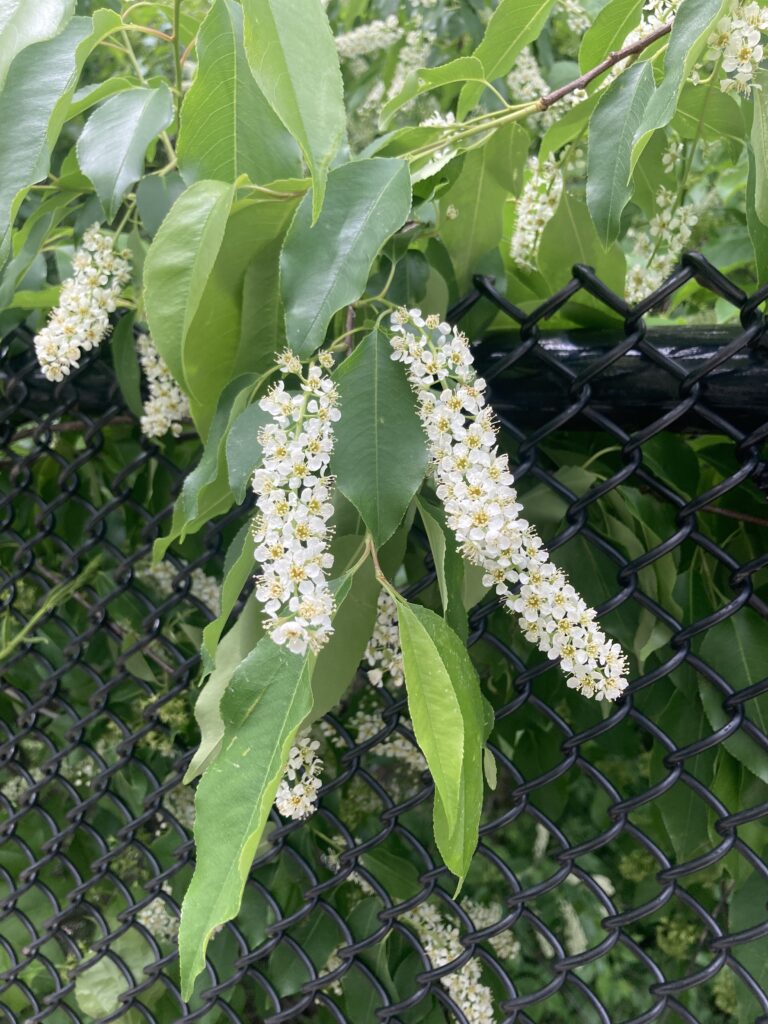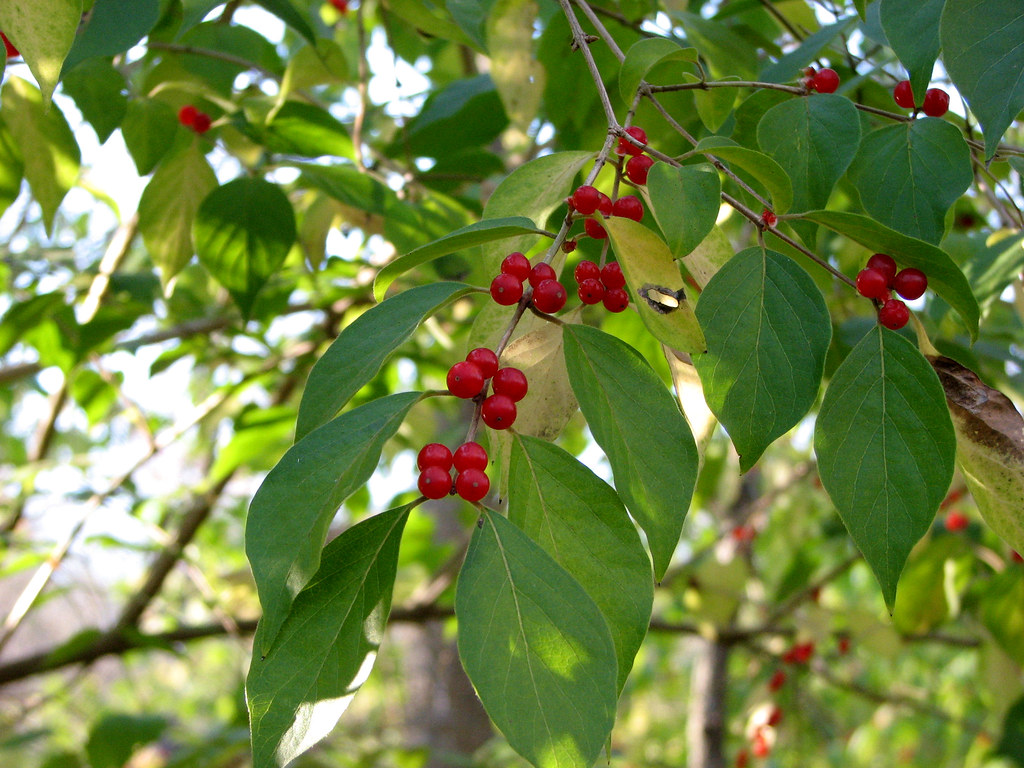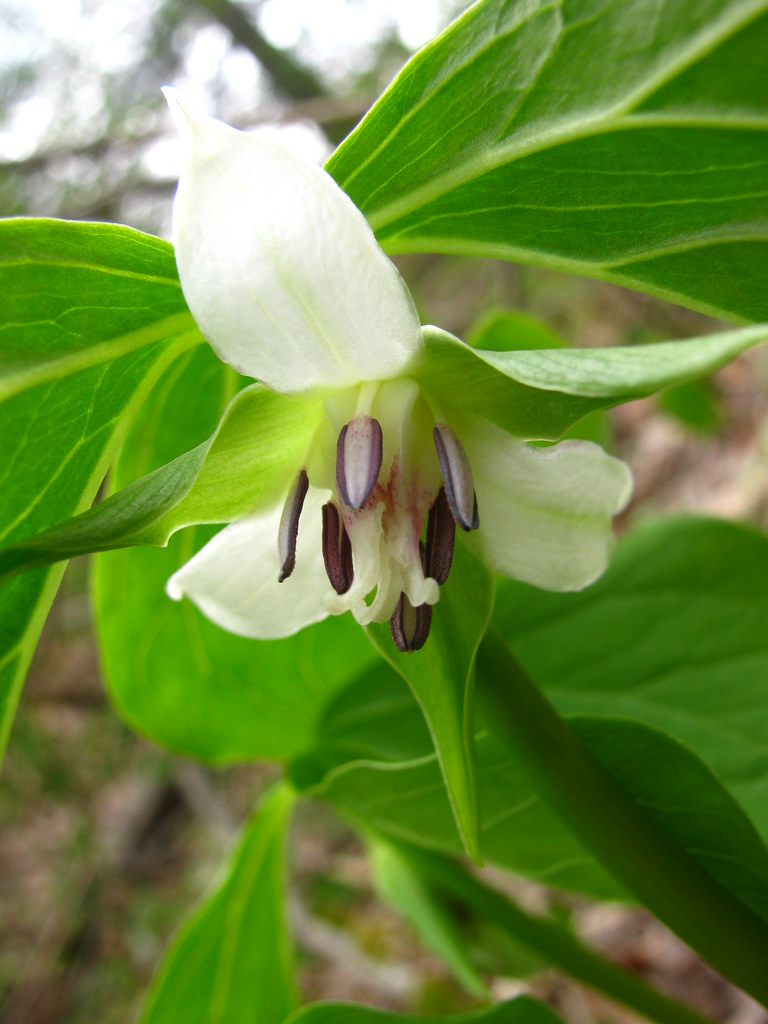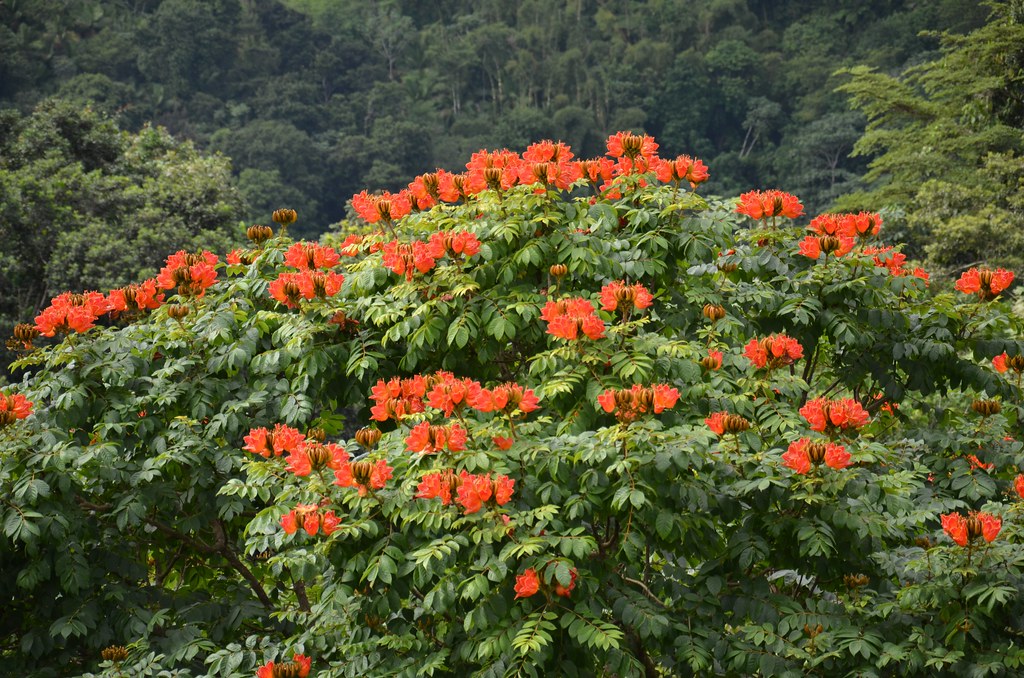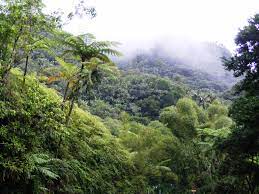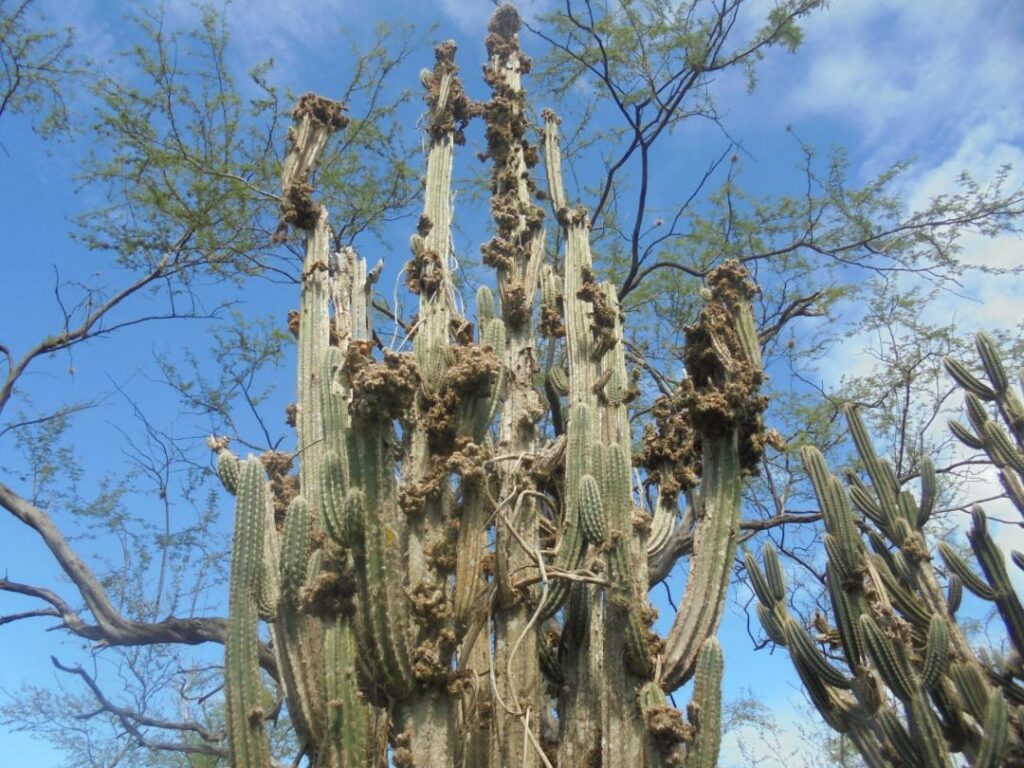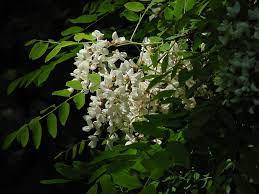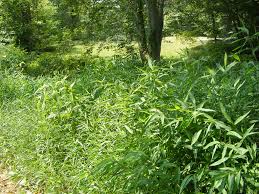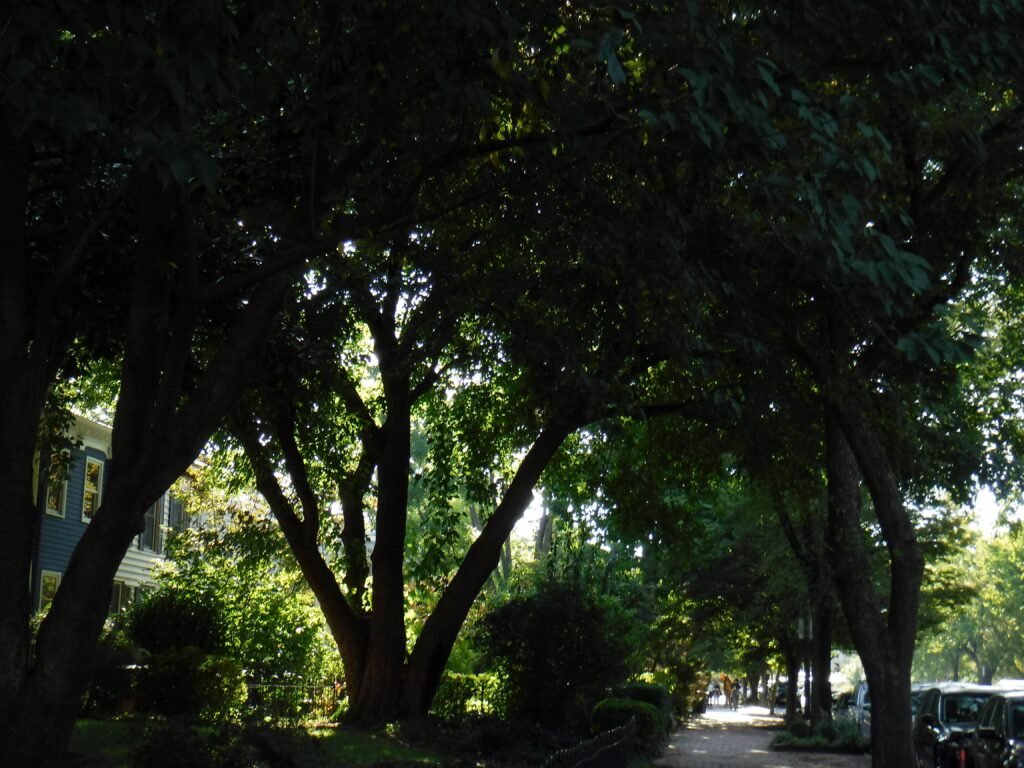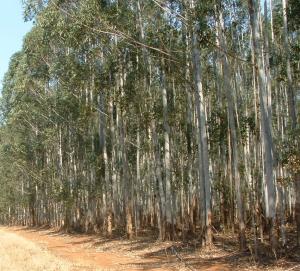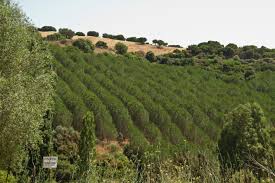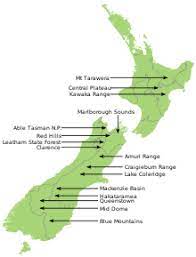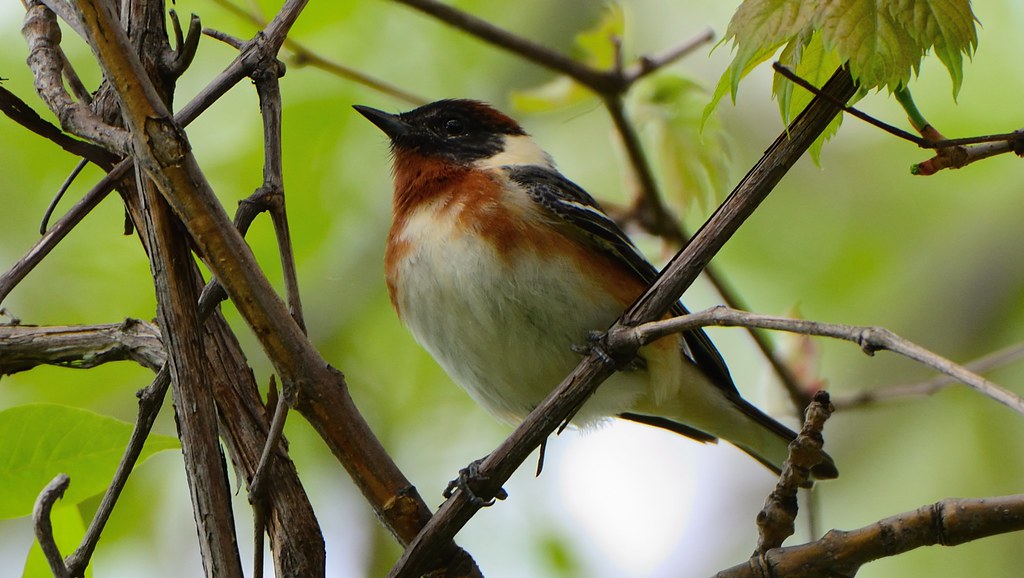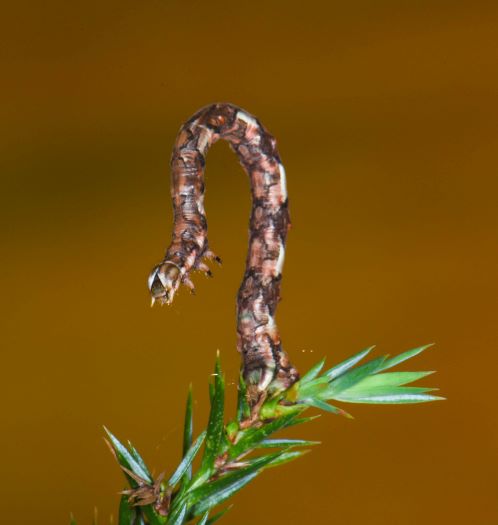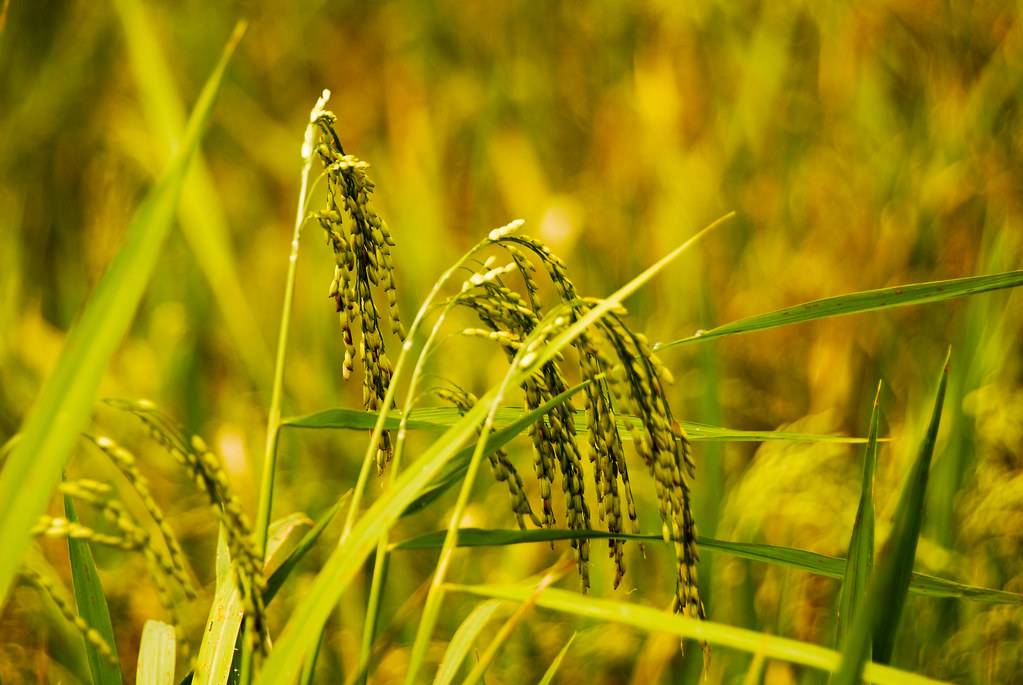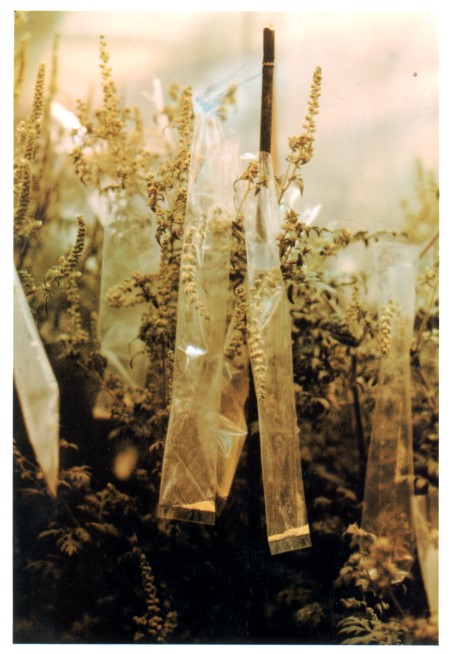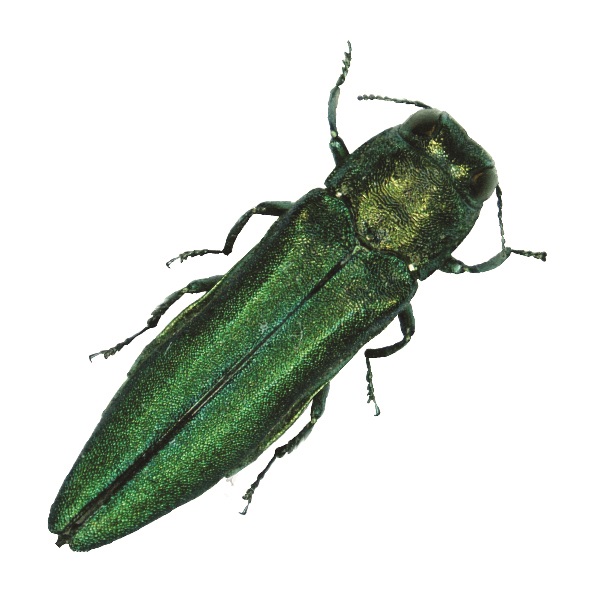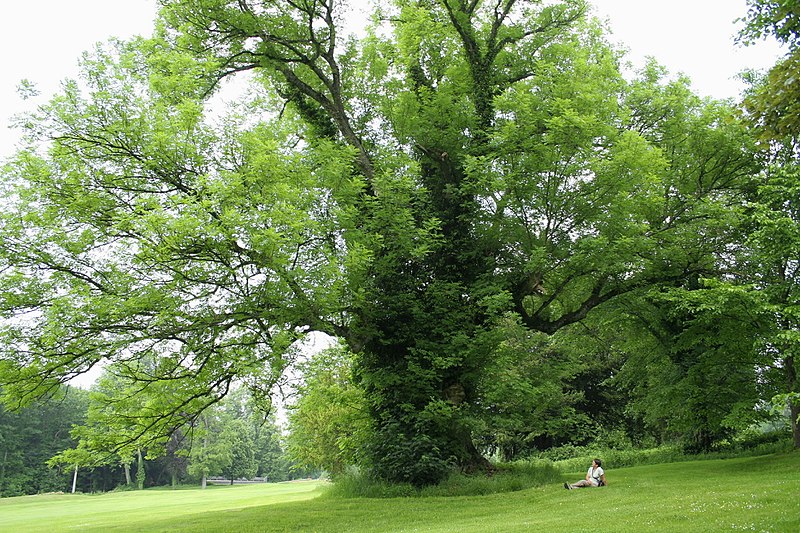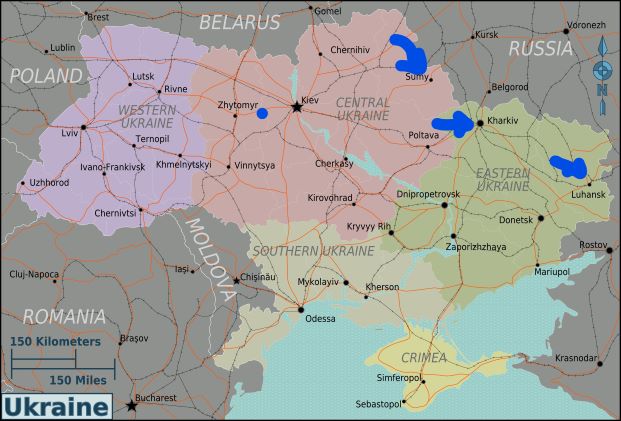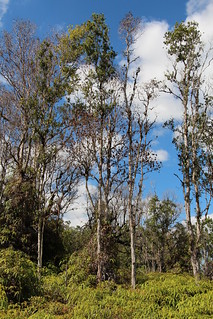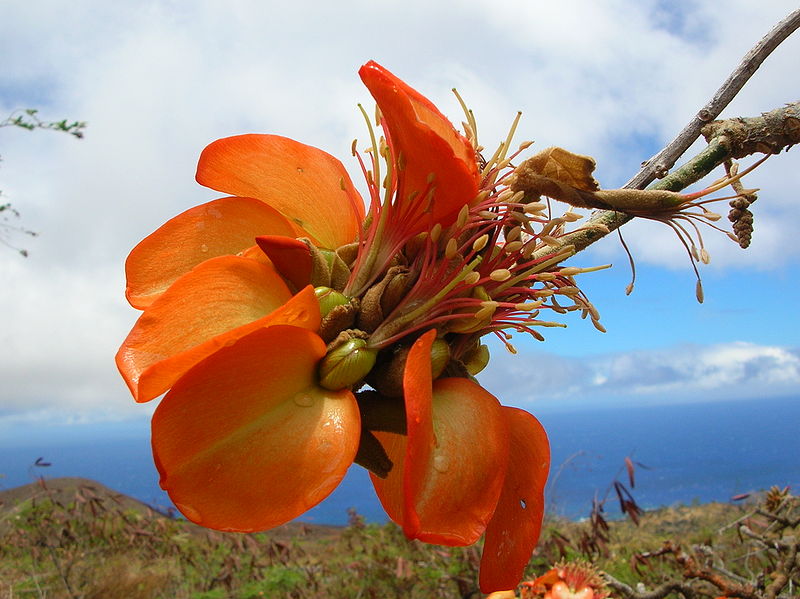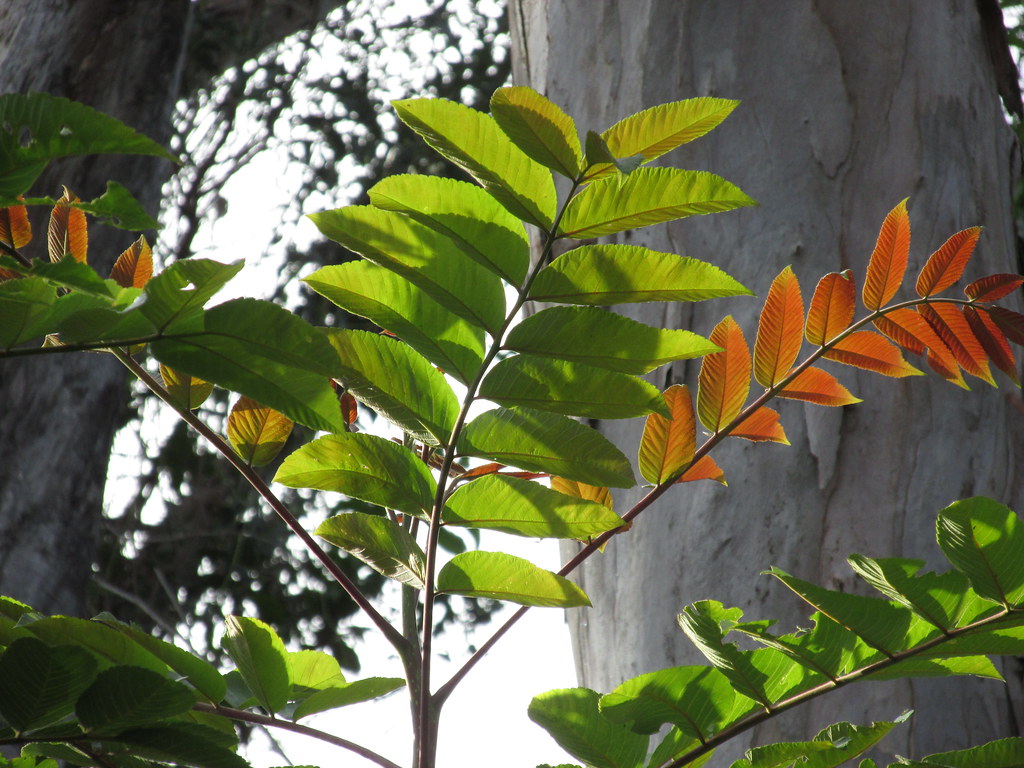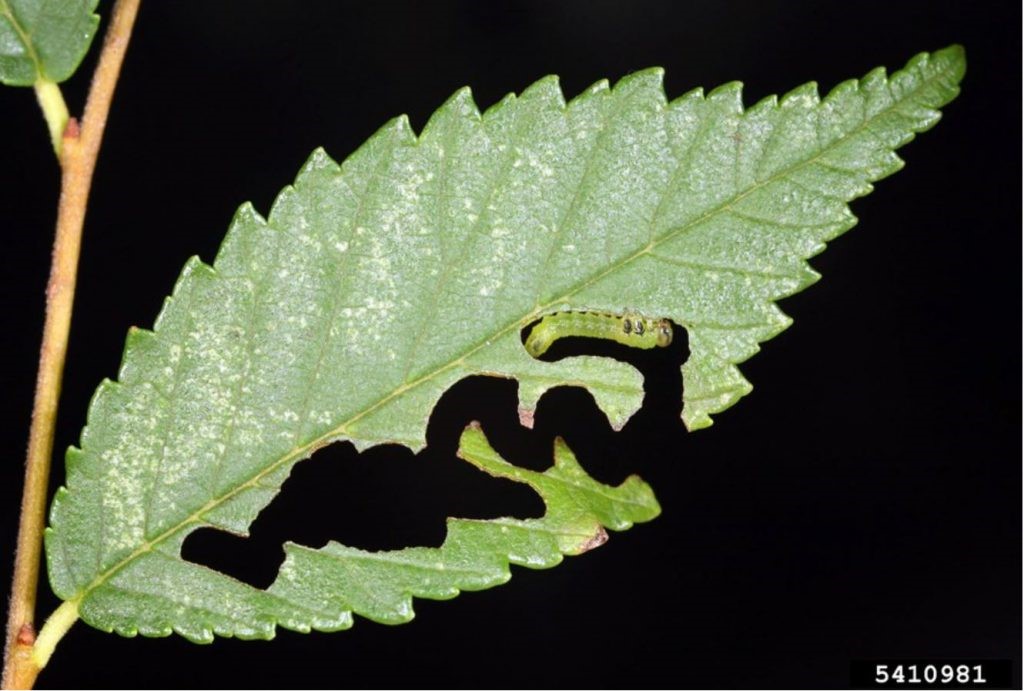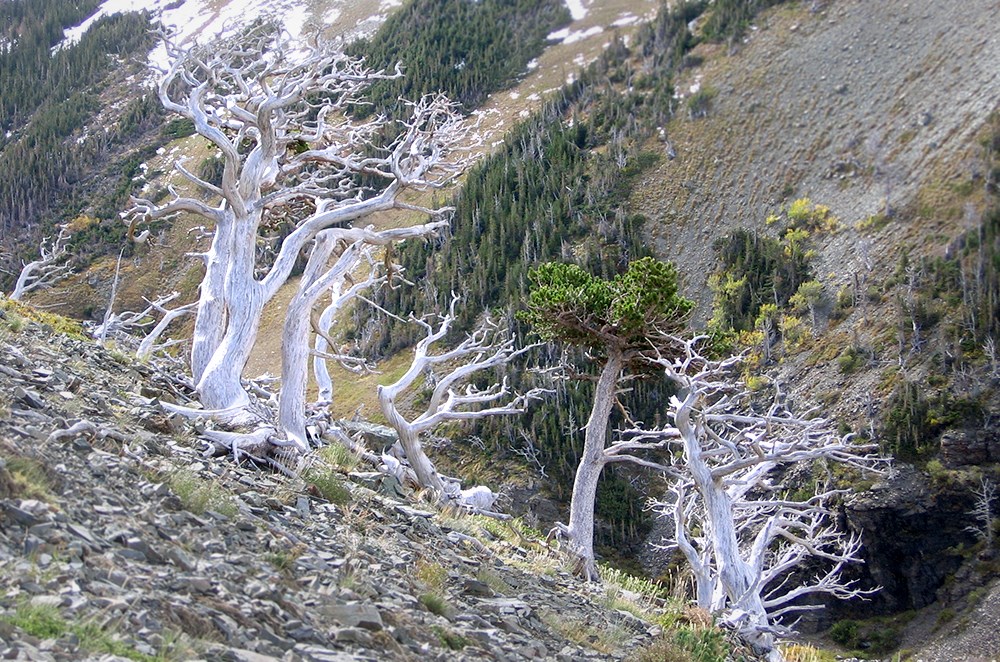
As I noted in the accompanying blog, the U.S. Department of Interior has also weighed in on how to mitigate climate change as part of the Nation’s response to COP24 of the UN Framework Convention on Climate Change.
Interior’s Nature-Based Solutions “Roadmap” (citation at the end of the blog) is 480 pages long! It includes lots of pictures and extensive lists of examples of various types of projects. The document reviews “nature-based” restoration techniques, the benefits they provide in various realms (ecosystem, economy, social values); and the challenges or barriers likely to be encountered. These analyses cover six types of ecosystems – coastal (further divided into five subgroups), forests, grasslands (two types), inland wetland habitats, riverine habitats (three subgroups), and built environments. The obvious emphasis on aquatic and semi-aquatic habitats reflects the Department’s responsibilities. The threat from invasive species is recognized in each case. Plus there are separate chapters discussing management/removal of invasive pests and pathogens, plants, and vertebrates in all types of ecosystems.
The document’s purpose is to provide Interior’s staff – and others who are interested – with reliable information on determining the conditions and goals under which “nature-based” strategies perform best, the benefits they are likely to provide, instructive examples, and additional resources. Much of the information is intended to help staff persuade skeptics that a “nature-based” approach can solve a climate-related problem, such as sea level rise, as well as, or better than, “grey” infrastructure. This includes discussion of: construction and maintenance costs, efficacy in solving a specific problem, and managing conflicts over land use. Also, it considers benefits to other realms, for example, protecting biodiversity and providing opportunities for recreation and mental and physical well-being.
I will focus on aspects dealing with forests. These occur in several chapters. Each chapter has a brief description of the climate and other services provided by that ecosystem type, followed by sections on ways forward (“Technical Approach”), factors affecting site suitability, tools and training resources, likely benefits and outcomes (economic and ecological), barriers and solutions, and examples of projects.
The forest chapter (Chapter 10) discusses forest conservation and restoration with an emphasis on improving forest health, including fuels management, reforestation, and addressing threats from native and non-native pests. One proposed solution is thinning. This measure is said to enhance tree health and promote invasive plants. The “Roadmap” does not recognize that experts consider thinning is helpful in managing native pests such as mountain pine beetle but not non-native pests.
I was startled to find another suggestion – to plant native tree species that are resistant to non-native pests to restore stands. The “Roadmap” refers readers to the National Park Service Resilient Forests Initiative for Region 1 [which reaches from Virginia to Maine]. The Initiative encourages collaboration among parks with similar issues; provides park-specific resource briefs for 39 parks in the Region; and offers management strategies for a host of problems. These include invasive species control, prescribed fire, deer management, silvicultural treatments, tree planting, and fencing. My confusion is that – as far as I know – there are no sources of trees resistant to the non-native pests plaguing forests of the Northeast, e.g., beech, butternut, chestnut, hemlocks, ash, and oaks.
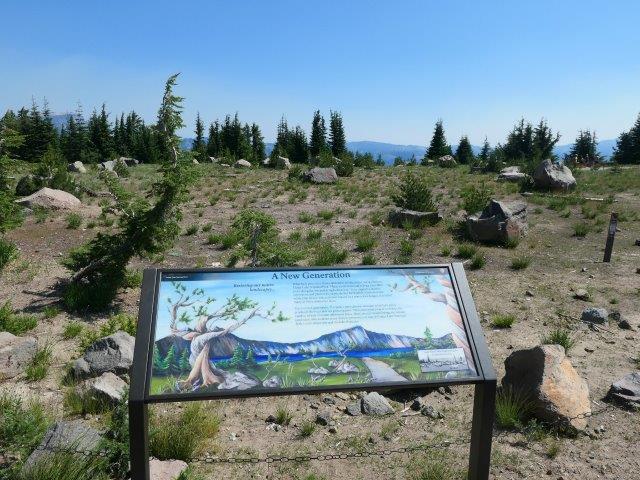
In the “Tools” section Chapter 10 lists forest restoration guides published by the U.S. Forest Service (USFS) and the International Union of Forest Research Organizations. The “Examples” section includes a few thinning projects.
Chapter 16 advises on enhancing urban forests, which provide many benefits. The chapter stresses the importance of ensuring that projects’ budgets can support protecting trees from such risks as flooding, fire, pests, disease, “invasive species” (presumably other than insects or pathogens), and climate change. The authors note that urban trees are often more susceptible to pests because of their proximity to human activities that facilitate pests’ spread. However, there is no mention that such pests spread to nearby natural forests. They warn against planting a single tree species. An issue noted but not discussed in detail is the use of non-native species in urban forests, some of which have already become invasive.
Three chapters discuss invasive species per se — insects and pathogens (Chap. 26), plants (Chap 27), and vertebrates (Chap. 28) Each chapter summaries invasion stages and stresses the importance of preventing new introductions, detecting them early, and responding rapidly. Most of the text deals with managing established populations – with the emphasis on applying integrated pest management (IPM). Each raises caveats about biological control agents possibly attacking non-target organisms. Again, the authors emphasize the necessity of ensuring availability of adequate resources to carry out the program.
Chapter 26 addresses Invasive and Nuisance Insects and Pathogens. Examples listed include Asian longhorned beetle, emerald ash borer, hemlock woolly adelgid, spongy moth, Dutch elm disease, sudden oak death, laurel wilt, white pine blister rust, chestnut blight and butternut canker. (All these invaders are profiled under the “invasive species” tab here). The examples also include several native pests, e.g., mountain pine beetle, southern pine beetle, and several pathogens, including Swiss needlecast. I am confused by a statement that priorities for management should be based on pests’ traits; my understanding of the science is that other factors are more important in determining a pest’s impact. See, for example, Lovett et al. 2006.This chapter reiterates the impractical advice to plant trees resistant to the damaging pest. I also wonder at the following statement:
“The process of detection and prevention will need to continue over time to prevent reintroductions or reinvasions of nuisance or invasive pests and pathogens. In some cases, long-term management will be required to contain and prevent spread.” [p. 425] I believe long-term management will required in all cases!
The tools listed in the chapter include various DOI websites re: training and funding; the USDA website listing states’ plant diagnostic laboratories; a USDA IPM “road map”; The Nature Conservancy’s guidebook for assessing and managing invasive species in protected areas; the DOI Strategic Plan; and the University of Georgia’s Center for Invasive Species and Ecosystem Health.
Chapter 27 discusses invasive and nuisance plants. It starts by noting that an estimated 5,000 non-native plant species are stablished in the US. While not all are invasive, there is still potential for these plants to spread and cause harm. The authors state that controlling such plants reduces fire risk and lowers demand for water in arid areas.
The authors say early management is crucial to eradicate or control invasive plant species. Because plant invasions cross property lines, agencies must form partnerships with other agencies and private landowners. Because invasive and nuisance plant species are so widespread, managers must set priorities. The “Roadmap” suggests focusing on sites at the highest risk, e.g., heavily trafficked areas. Continued effort will be necessary to prevent reinvasions or reintroductions. However, long-term management and containment can be incredibly costly and labor-intensive.
The “Roadmap” complains that many invasive and nuisance plant species are still offered for sale; in fact, that this is the primary pathway by which invasive plants enter the US, (While which we have known this for decades, it is encouraging to see a U.S. government report say: “Advocating for federal regulation and cohesive local policies for preventing invasive [plant] sales is essential to avoid disjointed state rulings.” – even if it does not specify which agencies should take the lead.
In the “Tools” section the chapter lists two USFS guides on managing invasive plants; two California Invasive Plant Council guides; the Interior Department’s 2021 Invasive Species Strategic Plan; EDDMapS (a University of Georgia site on which members of the public can report invasive species); and the TNC guidebook for Assessing and Managing Invasive Species in Protected Areas.
Chapter 28 addresses invasive & nuisance vertebrates (called “wildlife”). It notes that invasive animals are present in more than half of all US National parks. It briefly mentions the Lacey Act as providing legal power to curb the introduction and spread of these animals. It does not discuss strengths and weaknesses of this statute, both of which are substantial. This chapter repeats the odd wording from the pest and pathogen chapter – that in some cases long-term management will be required to contain and prevent spread of invasive species. I find it doubtful that short-term actions will be effective in virtually all cases.
Tools listed include Interior guides on IPM, funding sources, and protecting aquatic systems along with the Department of Interior’s 2021 Invasive Species Strategic Plan. Other tools include the USDA guide on IPM, EDDMapS, and the TNC guidebook.
Forests were also mentioned in the discussion of assisted migration of coastal wetlands to avoid drowning by rising seas (Chapter 1). The text notes that forests upland from coastal wetlands might be killed – either as a result of waterlogging as sea levels rise or as deliberate action to make room for the new marsh. Mortality in either case will reduce carbon sequestration. The authors also note the probability that invasive plants – shrubs in the woods, Phragmites on the edge of the wetland — will be present and have to be controlled.
SOURCES
Lovett, G.M, C.D. Canham, M.A. Arthur, K.C. Weathers, R.D. Fitzhugh. 2006. Foret Ecosystem Responses to Exotic Pests and pathogens in Eastern North America. BioScience Vol 56 No. 5 May 2006.
Warnell, K., S. Mason, A. Siegle, M. Merritt, & L. Olander. 2023. Department of the Interior Nature-Based Solutions Roadmap. NI R 23-06. Durham, NC: Nicholas Institute for Energy, Environment & Sustainability, Duke University. https://nicholasinstitute.duke.edu/publications/department-interior-nature-based-solutions-roadmap.
Posted by Faith Campbell
We welcome comments that supplement or correct factual information, suggest new approaches, or promote thoughtful consideration. We post comments that disagree with us — but not those we judge to be not civil or inflammatory.
For a detailed discussion of the policies and practices that have allowed these pests to enter and spread – and that do not promote effective restoration strategies – review the Fading Forests report at http://treeimprovement.utk.edu/FadingForests.htm
or
